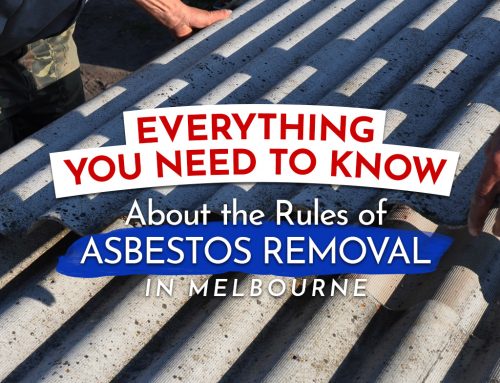The prognosis for mesothelioma patients is often grim. But, with the advanced treatments being developed today, more patients are beating the odds and living far beyond what they are usually estimated to live. As a result, mesothelioma survival rates are progressively improving.
Although mesothelioma patients are surviving longer than before, there are still several factors that affect the statistics. Before we enumerate them, here’s an explanation for you to understand further what survival rate is.
Survival Rate
Survival rate refers to the average number of patients who live a certain amount of time after being diagnosed with mesothelioma. In standard, it is measured in a 5-year survival rate but, because mesothelioma is fatal, it is also measured in terms of 1-year survival.
Now, the term survival rate should neither be confused with prognosis nor with life expectancy and mortality rate. Here’s a quick explanation to differentiate the three:
Prognosis – is the possible outcome of the disease or the forecast of how it will affect a patient.
Life Expectancy – on the other hand, refers to the estimated length of time a patient will live; while
Mortality Rate – is the statistic used to identify the prevalence of a disease in a specific location.
Mesothelioma Survival Rate Statistics
In a 2015 data provided by Mesothelioma.com it is estimated that about 55 percent of mesothelioma patients survive longer than 6 months, while about 35 exceed the one-year mark. Sadly, only 9 percent of these patients live longer than 5 years.
|
Pleural |
Peritoneal |
Pericardial |
|
|
1 year |
73% | 92 | 51 |
|
3 years |
23% | 74 | 26 |
| 5 years | 12% | 65 |
23 |
| 10 years | 45% | 39 |
(N/A) |
Source: www.mesothelioma.com
The Main Factors that Affect Survival Rate
These survival rates can still vary depending on the age, gender and race of the patient. There are also other factors that influence a patient’s prognosis.
1. Age – in general, the survival rate is better for younger patients. Statistics show that 43% of patients under 45 survive five years after diagnosis compared to the 5.7% of patients 65 or older. This difference can be attributed to the fact that younger ones can better handle the aggressive cancer therapies.
2. Gender – data from the National Cancer Institute suggest that the 5-year survival rate for women is approximately three times higher than for men. Researchers theorise that hormonal differences play a role as to why women respond better to treatment.
3. Race –white individuals make up 95% of mesothelioma patients. This difference is largely because black individuals are less likely to contract any type of cancer, including mesothelioma. Further, the five-year survival rate of the blacks at 12% is better than the 7.8% of the whites.
4. Cancer Location – the site where cancer originates can also impact survival. Survival is considerably better for patients with peritoneal mesothelioma compared to pleural type. On the other hand, the survival rates for pericardial and testicular mesothelioma are 2 years, and 10 months respectively.
5. Cancer Stage – survival is best among early-stage patients as they are more likely to qualify for aggressive treatments and surgeries. Further, localised tumours are easier to remove or shrink with chemotherapy and radiotherapy unlike those that have already spread and complicated to operate on.
The patient’s blood characteristics, genetics and cell type also play a role in the mesothelioma survival rate. Additionally, there are lifestyle and health factors that may compromise their prognosis. Consulting a mesothelioma specialist is your best chance to battle and win against this cancer.
Did you find this information helpful? Let us know by commenting below.





